We may earn money or products from the companies mentioned in this post. This means if you click on the link and purchase the item, I will receive a small commission at no extra cost to you ... you're just helping re-supply our family's travel fund.

South America whispers of ancient ruins, vibrant street life, and landscapes that defy the imagination. It’s a continent that tops countless travel bucket lists for a reason. But before you book that flight, it’s crucial to understand the on-the-ground reality, as not all destinations offer the same level of safety. To help you travel smarter, here is a breakdown of the 13 South American countries and territories with notable risks for U.S. visitors in 2025.
Venezuela: A State of Unrest
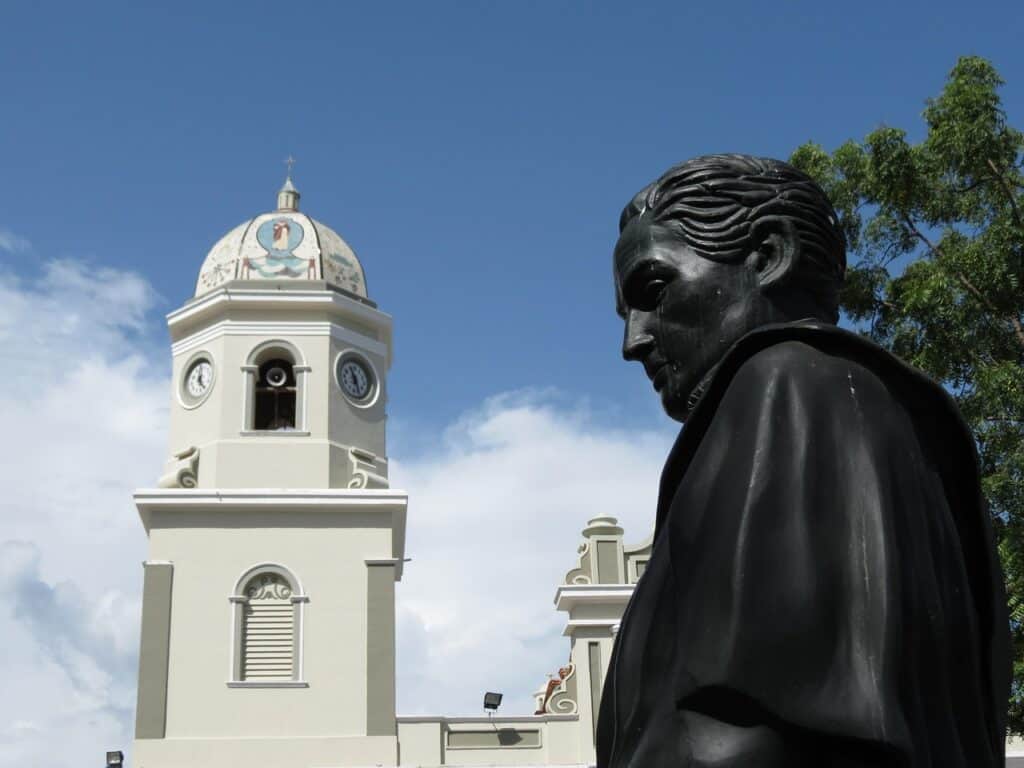
Venezuela holds the highest-risk advisory from the U.S. State Department, and it’s a stark warning. Severe crime, civil unrest, kidnapping, and the unpredictable enforcement of local laws make it uniquely dangerous for any traveler. Widespread shortages of food, electricity, and medicine have created a volatile environment where stability is not guaranteed. Compounding the danger, the U.S. has no embassy presence, which means it cannot provide emergency services to its citizens if they find themselves in trouble.
Colombia: A Nation’s Progress and Persistent Perils

While Colombia has made inspiring strides in safety, significant risks remain, prompting a “Reconsider Travel” advisory. The beautiful landscapes of its coffee regions and the charm of its cities exist alongside the dangers of crime, terrorism, and kidnapping, especially in rural areas bordering Venezuela. In cities, travelers should be wary of sophisticated crimes, including the use of the drug scopolamine to incapacitate and rob unsuspecting victims. The border region itself is considered extremely dangerous and should be avoided entirely.
Guyana: Navigating Risks in a Land of Natural Wonders
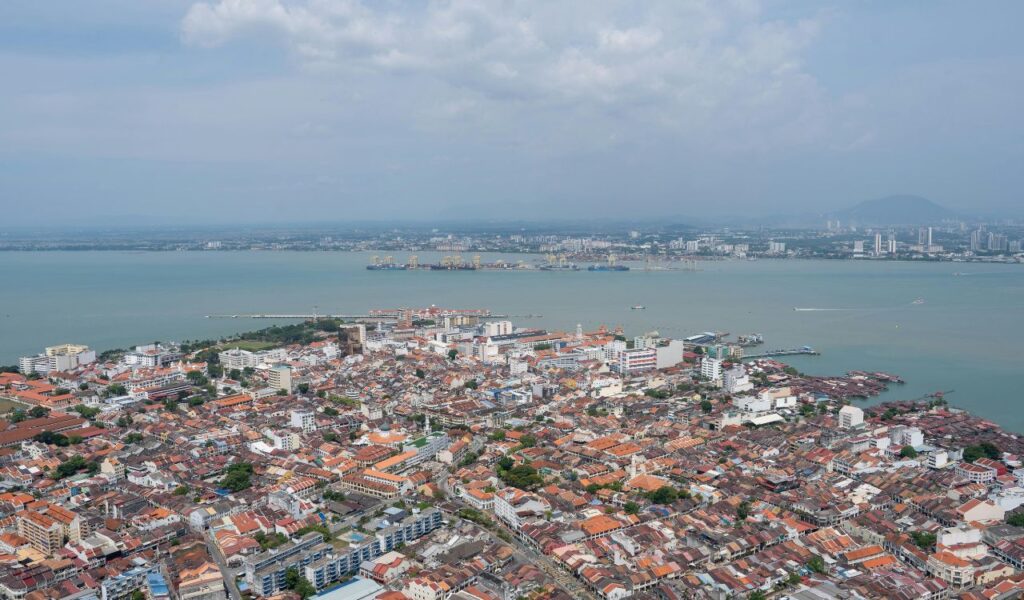
Guyana’s wild, untouched interior is a powerful draw for eco-tourists, but the country’s “Level 3” advisory highlights a serious crime problem. Violent crimes like armed robbery and murder are common, particularly in the capital, Georgetown, and along the coast. The allure of its natural beauty is tempered by the reality of limited law enforcement and emergency response capabilities outside the main city. Visitors are strongly advised to be highly vigilant and avoid displaying any signs of wealth that could make them a target.
Brazil: Finding Safety Behind the Rhythm

From the rhythm of samba to the roar of Iguazu Falls, Brazil’s energy is infectious. However, its “Level 2” advisory warns of a high crime rate, with violent incidents like carjackings and armed robberies being a part of life in major cities, especially at night. The risk is particularly elevated in and around favelas, even when visiting on an organized tour. Travelers should also be aware of “quicknappings,” where victims are briefly abducted to withdraw money from ATMs, especially in urban hubs like Rio de Janeiro and São Paulo.
Ecuador: A Paradise with Shifting Frontlines
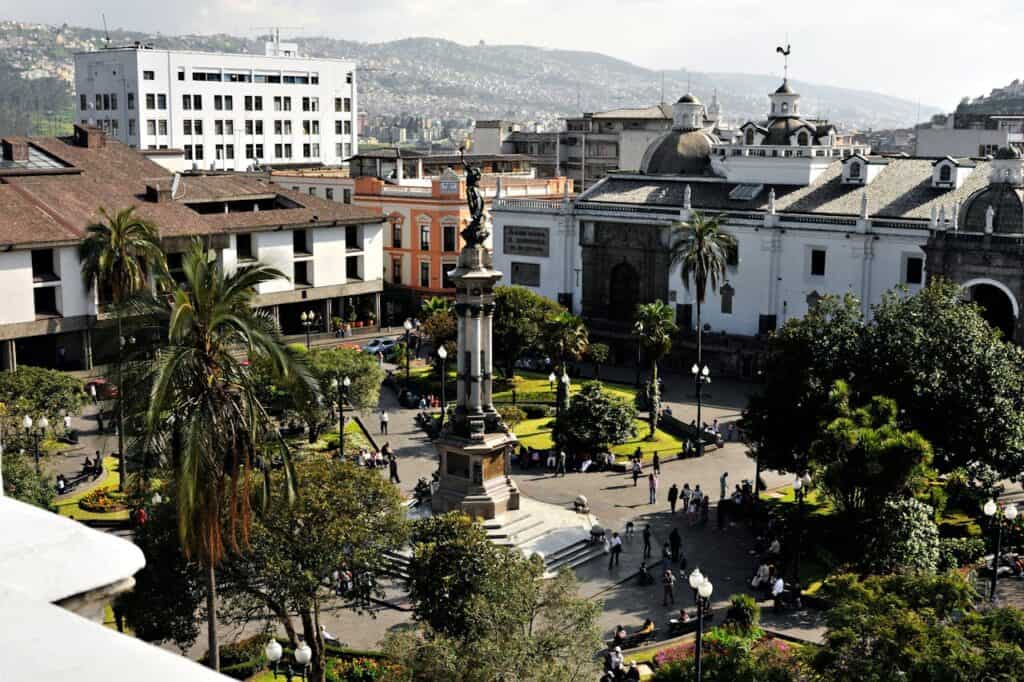
Ecuador offers the stunning biodiversity of the Galápagos Islands and the beauty of the Andes, but the mainland faces a new reality. Its advisory warns of widespread crime, civil unrest, and kidnapping. Recent years have seen a disturbing surge in violent crime tied to drug trafficking, especially in port cities like Guayaquil. While the Galápagos remain a safe haven for tourists, the U.S. State Department has designated several mainland provinces and parts of Guayaquil as “do not travel” zones due to the escalating danger.
Peru: Caution Among the Clouds of Machu Picchu
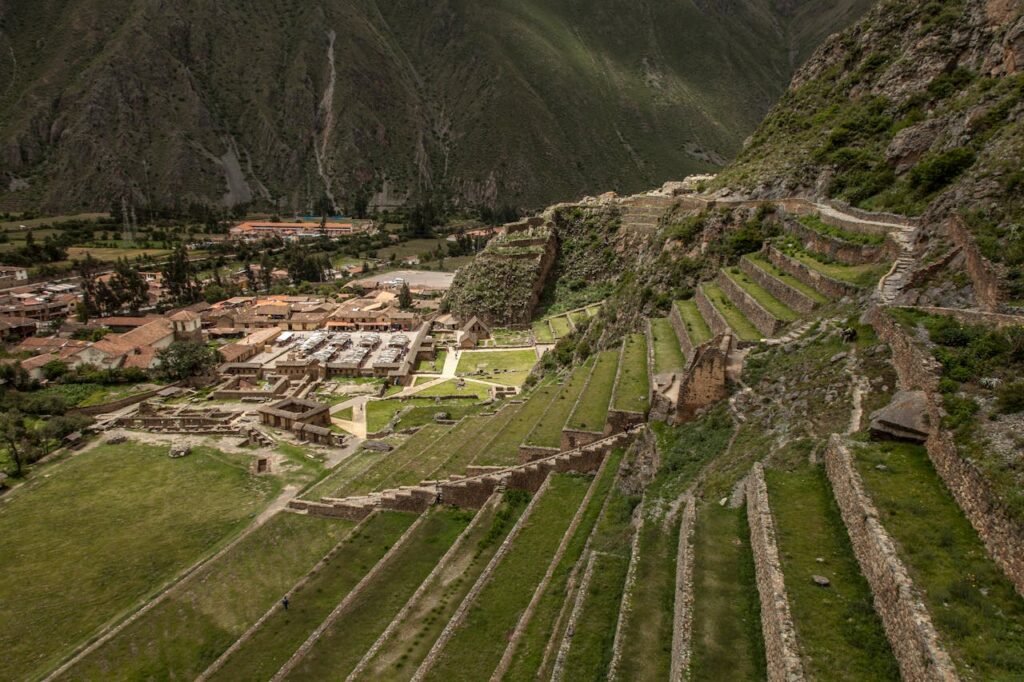
The legendary citadel of Machu Picchu is a bucket-list dream, but Peru’s “Level 2” advisory urges caution. While popular tourist destinations like Cusco are generally well-policed, crime including petty theft, carjackings, and assaults remains a problem in Lima and other cities. That idyllic moment admiring a historic plaza can turn sour in seconds. It’s also a country where political protests can erupt with little warning, leading to roadblocks that can strand even the most prepared travelers.
Bolivia: Adventure and Awareness in the Andes

From the otherworldly Salar de Uyuni to the vibrant markets of La Paz, Bolivia is a land of high-altitude adventure. However, its “Level 2” advisory stems from the potential for civil unrest and crime. Demonstrations, strikes, and roadblocks are a common form of protest and can quickly turn violent, causing significant travel disruptions. In cities, pickpocketing is rampant, and more serious offenses can occur. Travelers should steer clear of all protests and be aware that emergency services are often limited outside of major centers.
Chile: Urban Risks in a Country of Natural Extremes
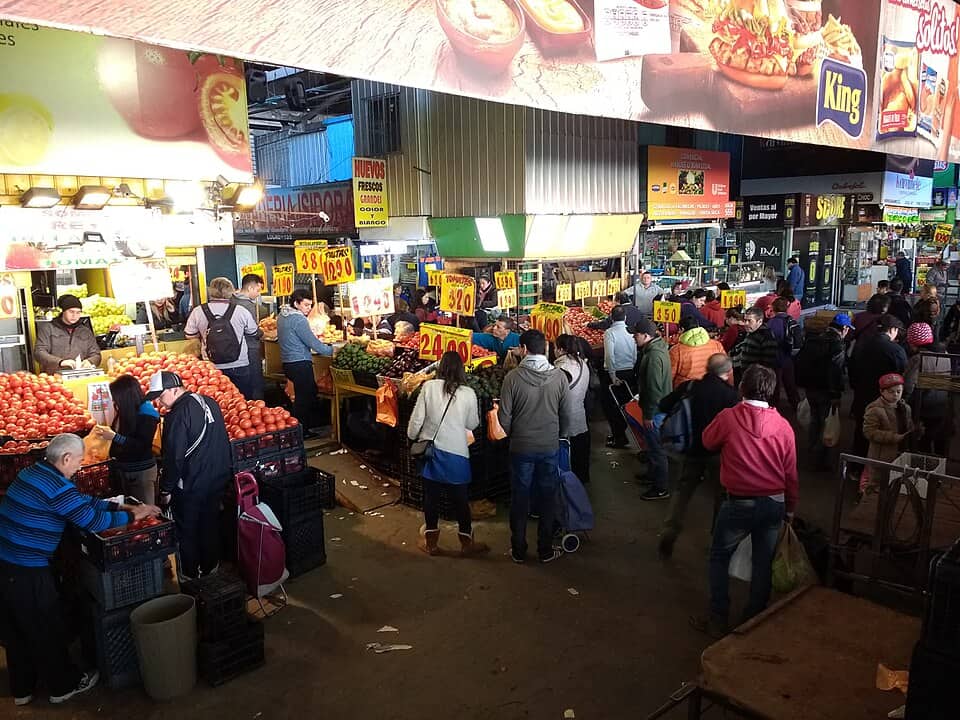
While the otherworldly landscapes of Patagonia remain a safe and breathtaking draw for adventurers, Chile’s vibrant cities now present a different story. The country’s “Level 2” advisory reflects a rise in crime and potential for civil unrest. Street crime, including muggings, assaults, and vehicle thefts, has become more common in Santiago, Valparaíso, and Viña del Mar. To enjoy the country safely, travelers need to pair their spirit of adventure with a healthy dose of urban awareness, especially at night and in crowded public spaces.
Uruguay: A Peaceful Reputation Meets New Challenges
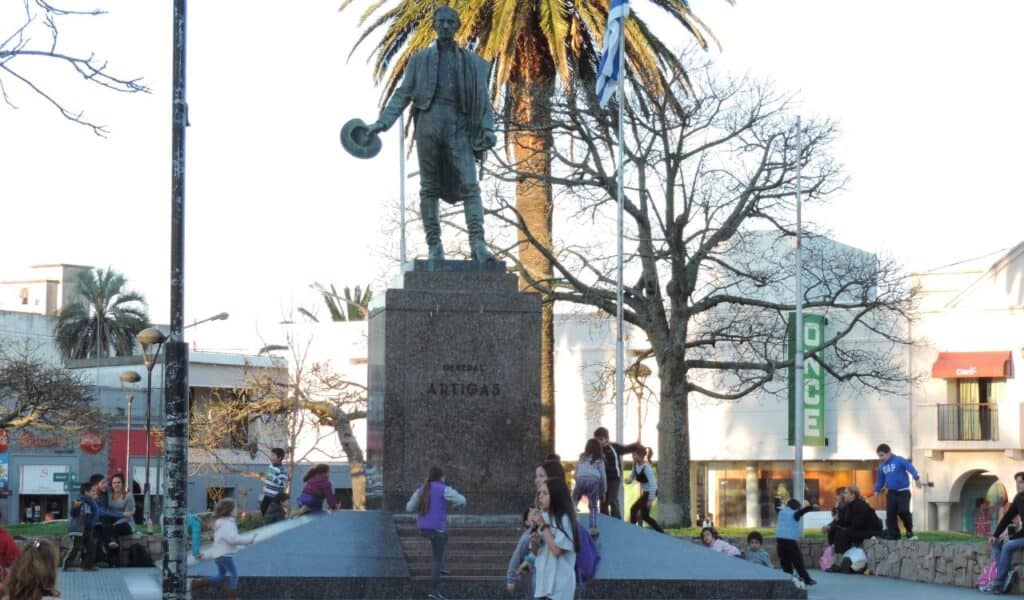
Uruguay has long been celebrated as one of South America’s safest and most stable nations. While it still holds that reputation relative to its neighbors, its “Level 2” advisory points to a new reality: a noticeable increase in crime. Armed robberies and break-ins do occur, particularly in the capital, Montevideo. A quiet walk after dark or a moment of carelessness with valuables can unfortunately lead to trouble. The risk is highest in the neighborhoods bordering Montevideo’s city center.
Argentina: Street Smarts in the ‘Paris of South America’
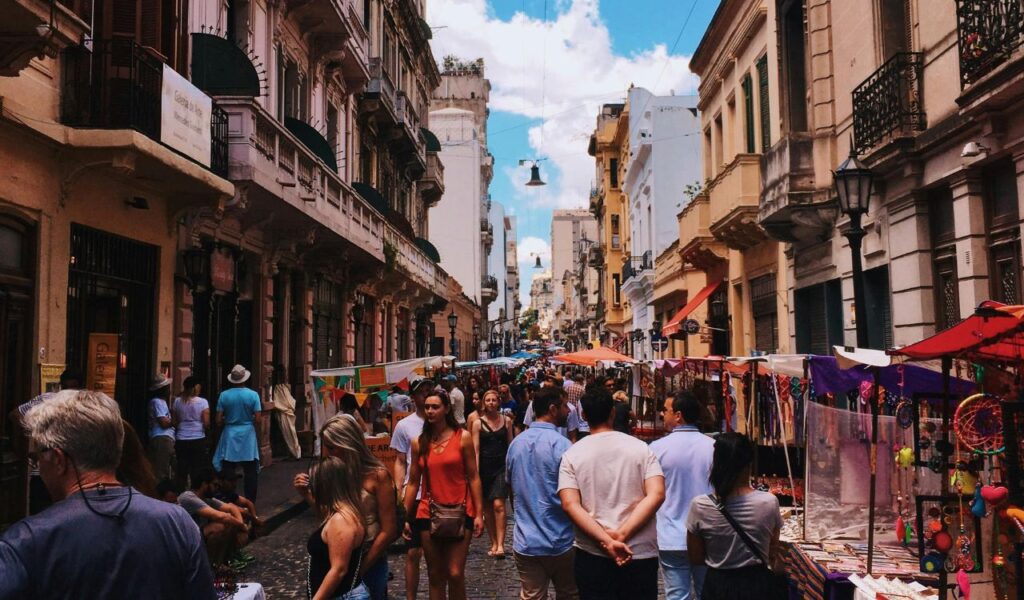
Argentina’s “Level 1” advisory is the lowest risk level, but navigating the elegant streets of Buenos Aires still requires a savvy traveler’s mindset. The main concerns here are street crime and elaborate scams. Pickpocketing and bag snatching are arts practiced by skilled thieves in tourist-heavy areas and on public transport. Visitors should be wary of distraction tactics like the infamous “mustard scam,” where a thief squirts a substance on you and then robs you while pretending to help clean up the mess.
Paraguay: Staying Vigilant Off the Beaten Path
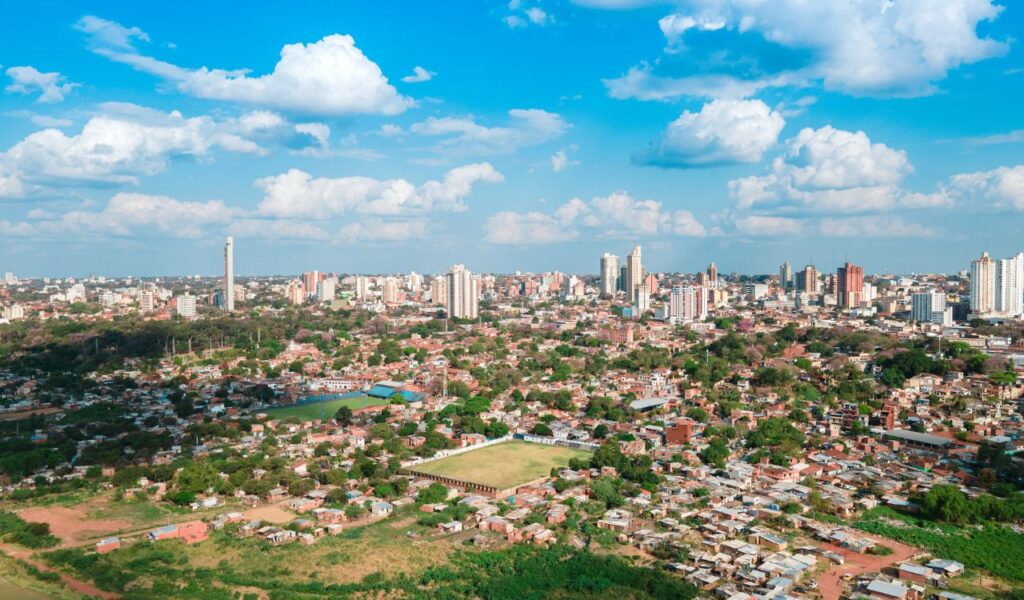
Paraguay offers a glimpse into a less-traveled side of South America, but its “Level 1” advisory doesn’t mean you can let your guard down. Crime remains a significant issue, particularly in cities like Asunción and the border hub of Ciudad del Este. While petty crime is the most common threat, more violent crimes like armed robberies can happen. The State Department also advises caution in border areas due to organized criminal activity. A high level of awareness is your best defense here.
Suriname: Caution in a Tropical Paradise

Suriname’s “Level 1” advisory reflects a relatively stable security situation, but its lush rainforests and colonial architecture can mask underlying risks. Incidents of robbery and burglary have been reported in the capital, Paramaribo, and travelers should be particularly cautious after dark. The real challenge is the limited law enforcement capacity outside the capital. Venturing into the country’s vast, wild interior requires careful planning with reputable tour operators who know the local landscape and safety protocols.
French Guiana: European Soil with Local Risks
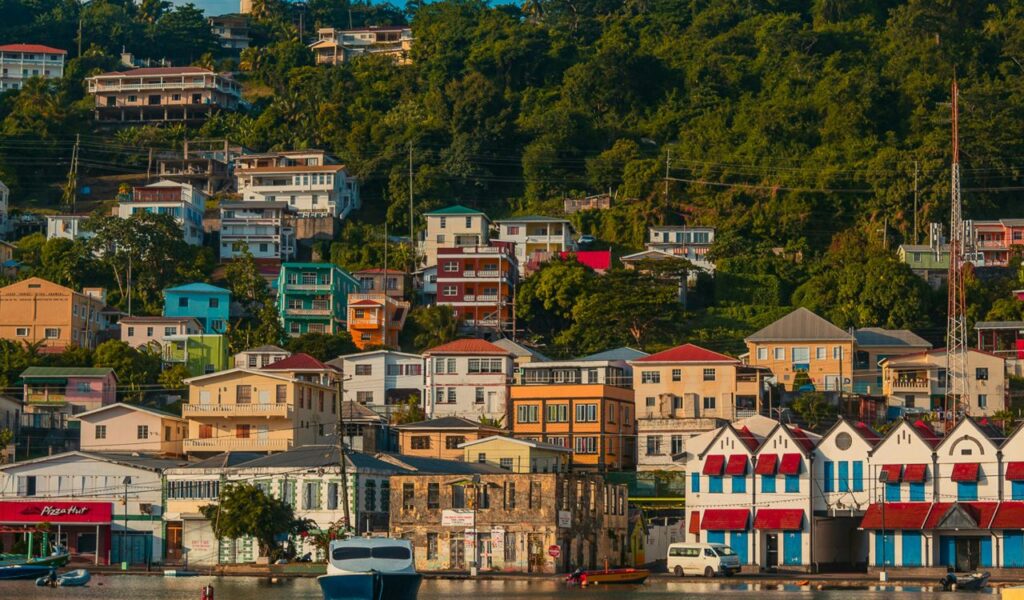
As an overseas department of France, French Guiana might feel familiar to European travelers, but it comes with its own set of local risks. It holds a “Level 1” advisory, with street crime being the primary concern in Cayenne and the space-port city of Kourou. Robberies and assaults can occur, so it is wise to avoid walking alone at night or in isolated areas. The territory’s porous borders are routes for illegal activities like gold mining, which can contribute to crime. Standard precautions are a must.